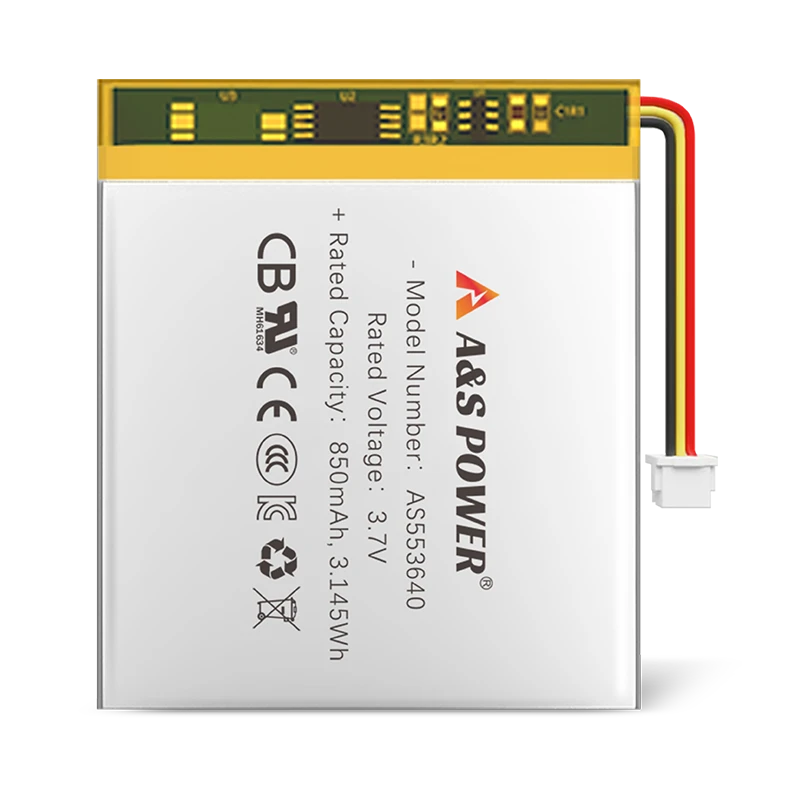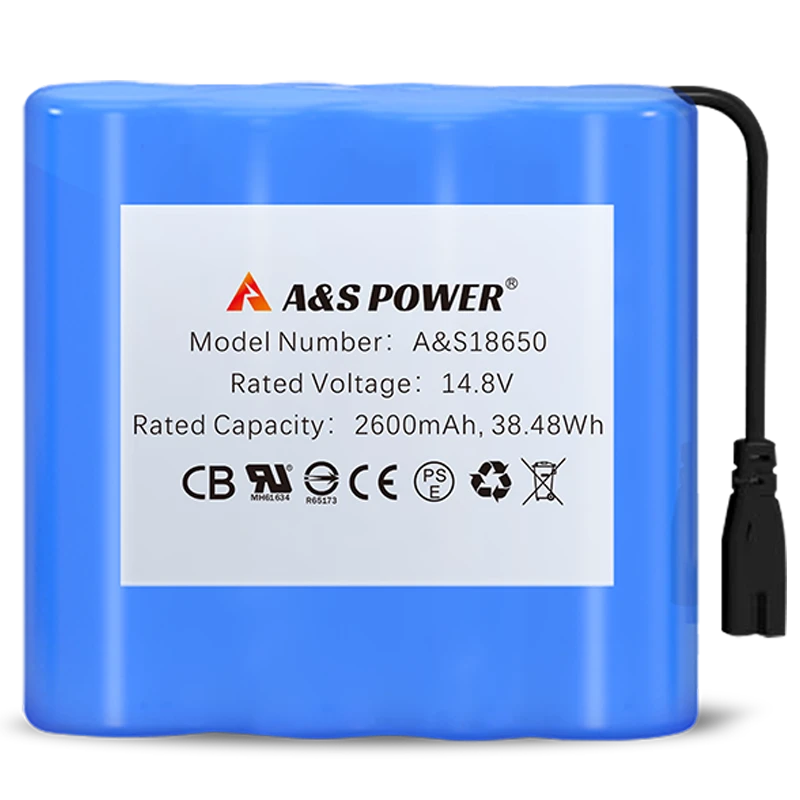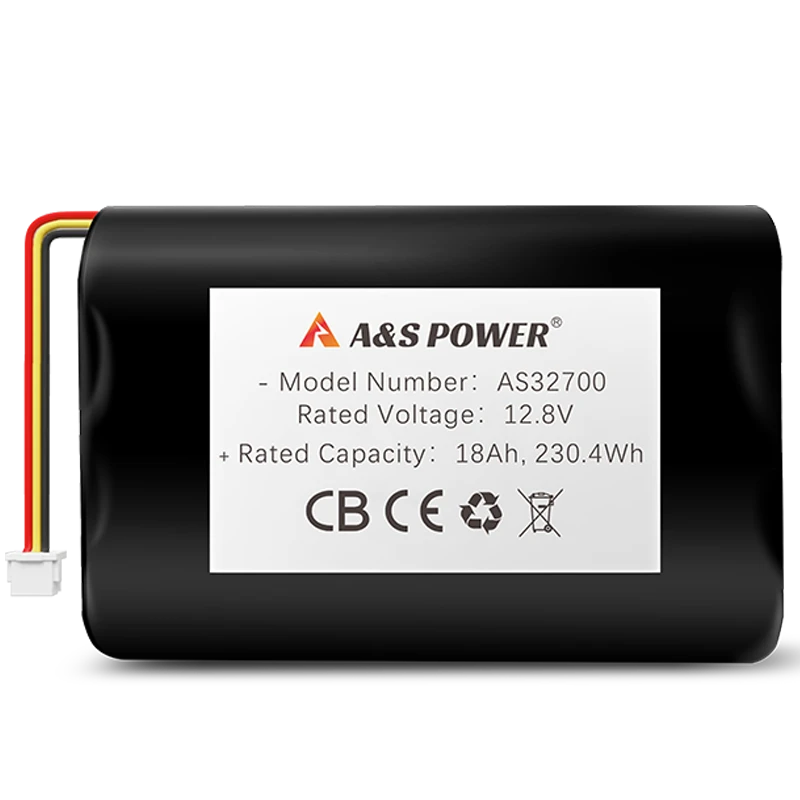Design of charging circuit and protection circuit of lithium ion battery
Design of Charging Circuit and Protection Circuit of Lithium Ion Battery: Ensuring Safety and Efficiency
Lithium-ion batteries have become the cornerstone of modern energy storage, powering everything from smartphones to electric vehicles. However, their performance and safety heavily depend on well-designed charging and protection circuits. This comprehensive guide explores the critical aspects of lithium-ion battery circuit design, including charging methodologies, protection mechanisms, and emerging technologies, supported by the latest industry data and research.
Fundamentals of Lithium-Ion Battery Charging Circuits
1. Charging Stages and Voltage Regulation
Lithium-ion batteries require precise voltage and current control during charging to maximize lifespan and safety. The charging process typically consists of three stages:
- Pre-charge Stage: Applied when the battery voltage is below 3.0V per cell. A low current (typically 10% of the rated current) is used to gently raise the voltage to a safe level.
- Constant Current (CC) Stage: The main charging phase where the battery is charged at maximum rated current until it reaches 4.2V per cell (for most Li-ion chemistries).
- Constant Voltage (CV) Stage: Once the voltage limit is reached, the charger maintains this voltage while gradually reducing current until charging is complete.
Table 1: Standard Lithium-Ion Charging Parameters
| Parameter | Typical Value | Tolerance |
|---|---|---|
| Maximum Cell Voltage | 4.2V | ±50mV |
| Charge Current | 0.5C-1C | ±5% |
| Charge Temperature | 0°C to 45°C | - |
| Termination Current | 3-10% of CC | - |
2. Charging Circuit Topologies
Modern charging circuits employ various topologies to optimize efficiency and safety:
- Linear Chargers: Simple but inefficient, mainly used for low-current applications
- Switch-Mode Chargers: More complex but highly efficient (85-95% typical)
- Wireless Chargers: Emerging technology with efficiency challenges (70-85%)
3. Fast Charging Considerations
With the demand for faster charging solutions, modern circuits must balance speed with battery health:
- High-Current Charging: Up to 6C rates in some applications
- Temperature Monitoring: Critical for fast charging safety
- Voltage Ripple Control: Must be kept below 50mV for optimal battery health
Protection Circuit Design for Lithium-Ion Batteries
4. Essential Protection Functions
A robust battery protection circuit must include:
- Overcharge Protection: Prevents voltage exceeding 4.25V per cell
- Over-discharge Protection: Cuts off at 2.5-3.0V per cell
- Overcurrent Protection: Typically 1.5-3x rated current
- Short Circuit Protection: Response time <100μs
- Temperature Protection: Both high and low temperature cutoff
5. Battery Management System (BMS) Architecture
Modern BMS designs incorporate:
- Cell Balancing: Active or passive balancing to maintain voltage uniformity
- State of Charge (SOC) Estimation: Coulomb counting with voltage/temperature compensation
- Communication Interfaces: CAN, I2C, or proprietary protocols for system integration
Table 2: BMS Performance Specifications
| Parameter | Entry-Level | High-End |
|---|---|---|
| Voltage Accuracy | ±10mV | ±1mV |
| Current Accuracy | ±1% | ±0.1% |
| SOC Accuracy | ±5% | ±1% |
| Balancing Current | 50mA | 500mA |
| Communication Speed | 100kbps | 1Mbps |
6. Safety Standards and Certifications
Key international standards for lithium-ion protection circuits:
- UL 2054: Household and commercial batteries
- IEC 62133: Safety requirements for portable sealed cells
- UN 38.3: Transportation safety testing
- GB 31241: China-specific safety requirements
Advanced Circuit Design Techniques
7. Active Cell Balancing Techniques
Modern systems employ various balancing methods:
- Passive Balancing: Dissipative method using resistors
- Active Balancing: Energy transfer between cells (efficiency >85%)
- Predictive Balancing: AI-based algorithms for proactive balancing
8. Integration with Renewable Energy Systems
Special considerations for solar/wind charging systems:
- MPPT Integration: Maximizing energy harvest
- Bidirectional Capability: For grid-tied systems
- Isolation Requirements: Galvanic isolation for safety
9. Emerging Technologies in Battery Circuit Design
Future trends in charging and protection circuits:
- GaN and SiC Devices: Enabling higher efficiency and power density
- AI-Optimized Charging: Machine learning for adaptive charging profiles
- Solid-State Protection: New approaches for next-gen batteries
Practical Implementation Considerations
10. Component Selection Guidelines
Critical components for reliable operation:
- MOSFETs: Low Rds(on) for minimal power loss
- Current Sensors: High-accuracy hall effect or shunt-based
- Microcontrollers: Sufficient processing power for algorithms
- Isolation Components: Optocouplers or digital isolators
11. Thermal Management Strategies
Effective thermal design approaches:
- PCB Layout: Proper copper pour for heat dissipation
- Component Placement: Critical parts away from heat sources
- Active Cooling: Fans or liquid cooling for high-power systems
12. Testing and Validation Protocols
Comprehensive testing methodology:
- Functional Testing: Verify all protection features
- Environmental Testing: Temperature, humidity, vibration
- Aging Tests: Long-term reliability assessment
- Safety Tests: Abuse testing per relevant standards
Conclusion
The design of charging and protection circuits is critical for lithium-ion battery performance, safety, and longevity. Modern circuits must balance efficiency, cost, and functionality while meeting increasingly stringent safety standards. As battery technologies evolve, circuit designs must adapt to support higher energies, faster charging, and more sophisticated management requirements.
-

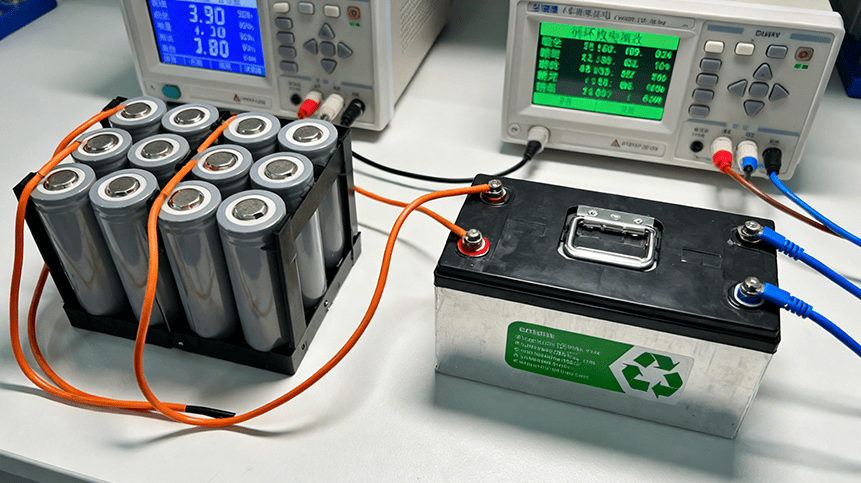 May.2025.11.24Ternary Lithium Battery vs Lithium-ion: Complete Comparison Guide (2025 Edition)Learn More
May.2025.11.24Ternary Lithium Battery vs Lithium-ion: Complete Comparison Guide (2025 Edition)Learn More -

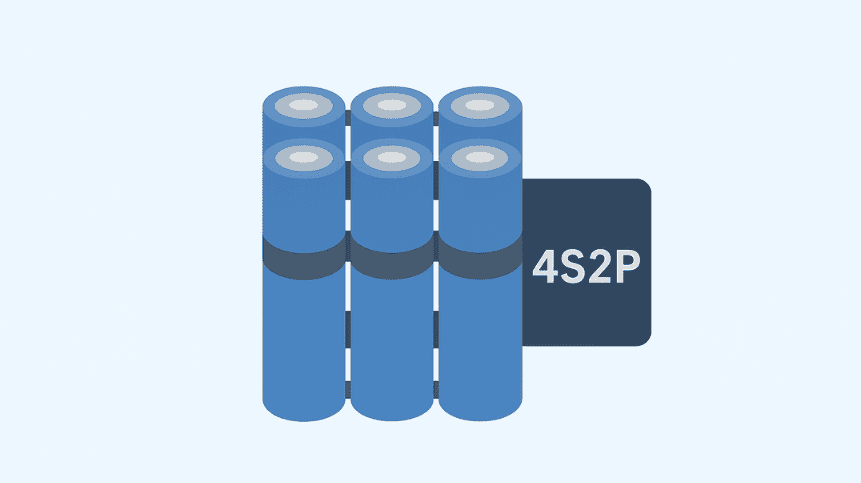 May.2025.11.214S2P 18650 14.8V Battery: Complete Technical Guide, Specs, Applications & SafetyLearn More
May.2025.11.214S2P 18650 14.8V Battery: Complete Technical Guide, Specs, Applications & SafetyLearn More -

 May.2025.11.18PCM vs BMS in Lithium Batteries: What’s the Difference and Which One Do You Need?Learn More
May.2025.11.18PCM vs BMS in Lithium Batteries: What’s the Difference and Which One Do You Need?Learn More -

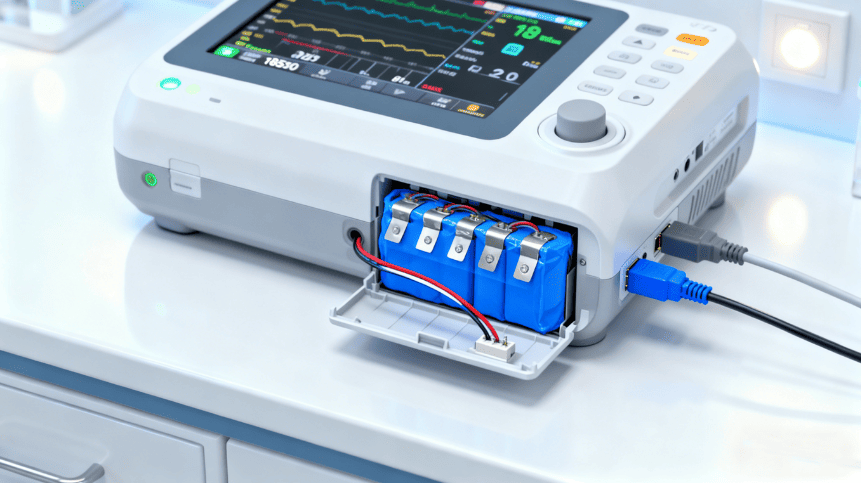 May.2025.11.17Custom Li-ion Battery Design for Medical Devices (2025 Comprehensive Guide)Learn More
May.2025.11.17Custom Li-ion Battery Design for Medical Devices (2025 Comprehensive Guide)Learn More -

 May.2025.11.17The Future of Lithium-Ion Batteries: Innovation, Sustainability, and Global Market TrendsLearn More
May.2025.11.17The Future of Lithium-Ion Batteries: Innovation, Sustainability, and Global Market TrendsLearn More




